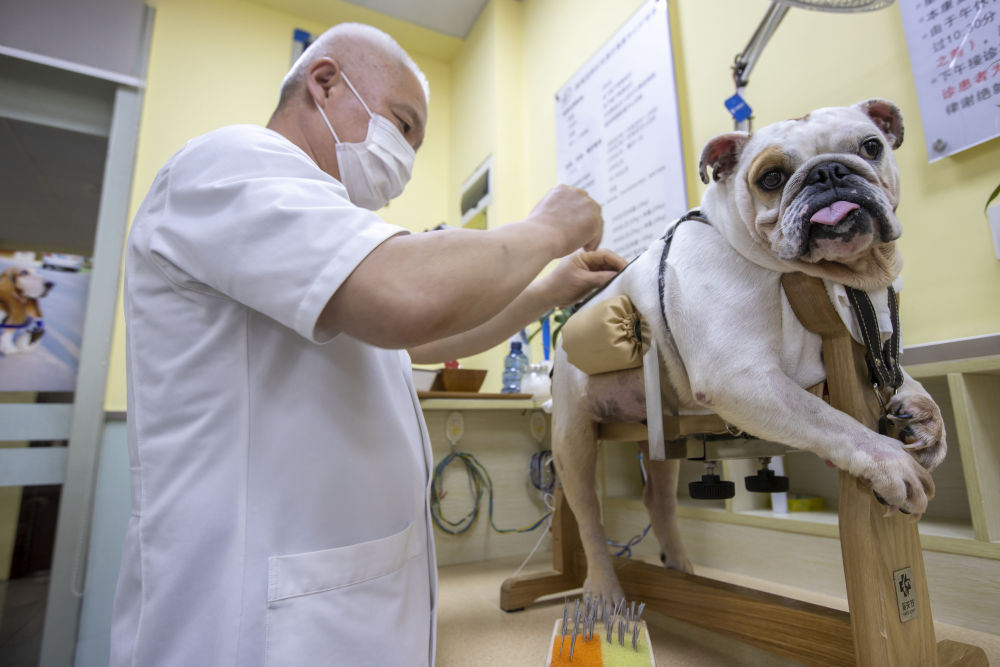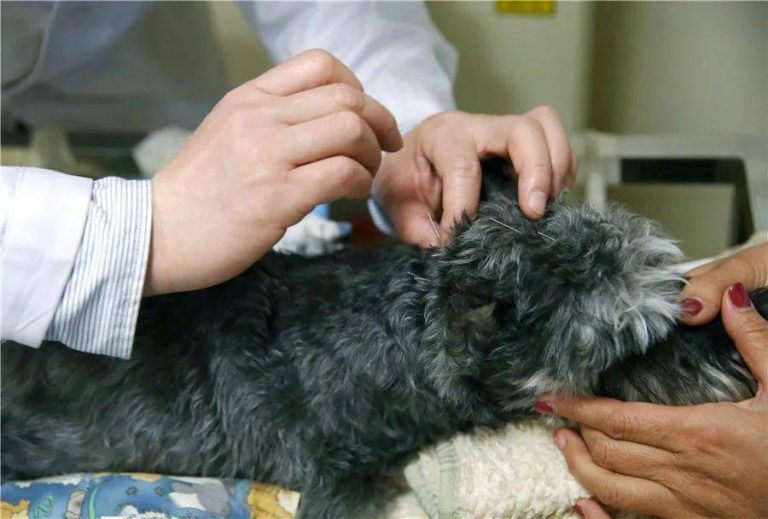The Healing Power of Pet Therapy
The bond between humans and animals is profound, and it has been harnessed for therapeutic purposes through a practice known as pet therapy or animal-assisted therapy (AAT). This unique form of therapy involves interactions with trained animals to improve physical, emotional, and mental well-being. In this article, we’ll explore the healing power of pet therapy and its incredible benefits.

Physical Health Benefits
- Pain Management: Interacting with animals has been shown to reduce pain perception in patients. The presence of a gentle and affectionate pet can distract individuals from their discomfort and promote relaxation.
- Lower Blood Pressure: Petting or spending time with animals can lead to a decrease in blood pressure, helping individuals manage hypertension and reduce the risk of heart disease.
- Enhanced Motor Skills: Pet therapy is particularly beneficial for individuals undergoing physical rehabilitation. Activities like brushing, walking, or playing with animals can improve motor skills and coordination.
Emotional and Mental Well-Being
- Stress Reduction: Petting a dog or cat has been shown to release endorphins, reducing stress and promoting feelings of happiness and relaxation.
- Anxiety and Depression Relief: Pet therapy sessions can alleviate symptoms of anxiety and depression. The companionship of a therapy animal provides emotional support and reduces feelings of loneliness.
- Boosted Mood: Interactions with animals can lead to an increase in serotonin and dopamine levels, which are neurotransmitters associated with mood improvement.
Social Benefits
- Enhanced Socialization: Pet therapy encourages individuals to engage in social interactions. It can be particularly beneficial for patients in healthcare facilities who may be feeling isolated.
- Improved Communication: Children and adults with communication difficulties often find it easier to communicate and express themselves when interacting with therapy animals.
Therapeutic Settings
Pet therapy is widely used in various therapeutic settings, including:
- Hospitals: To comfort patients, reduce stress, and aid in recovery.
- Nursing Homes: To provide companionship and alleviate feelings of loneliness among residents.
- Schools: To assist children with special needs or to create a calming presence during exams.
- Mental Health Facilities: To help individuals manage anxiety and depression.
How to Get Involved
If you’re interested in pet therapy, consider the following steps:
- Find a Certified Program: Look for a reputable pet therapy organization that trains and certifies therapy animals and their handlers.
- Assess Your Pet: If you have a well-behaved and sociable pet, consider enrolling them in a therapy animal program.
- Volunteer: Join a local pet therapy program as a volunteer handler or facilitator.
Conclusion
Pet therapy is a testament to the incredible healing power of the human-animal bond. It has a profound impact on physical health, emotional well-being, and social interaction. Whether you’re considering pet therapy for yourself or a loved one, the therapeutic benefits are undeniable. The presence of a furry friend can bring comfort, joy, and healing to individuals in need.






